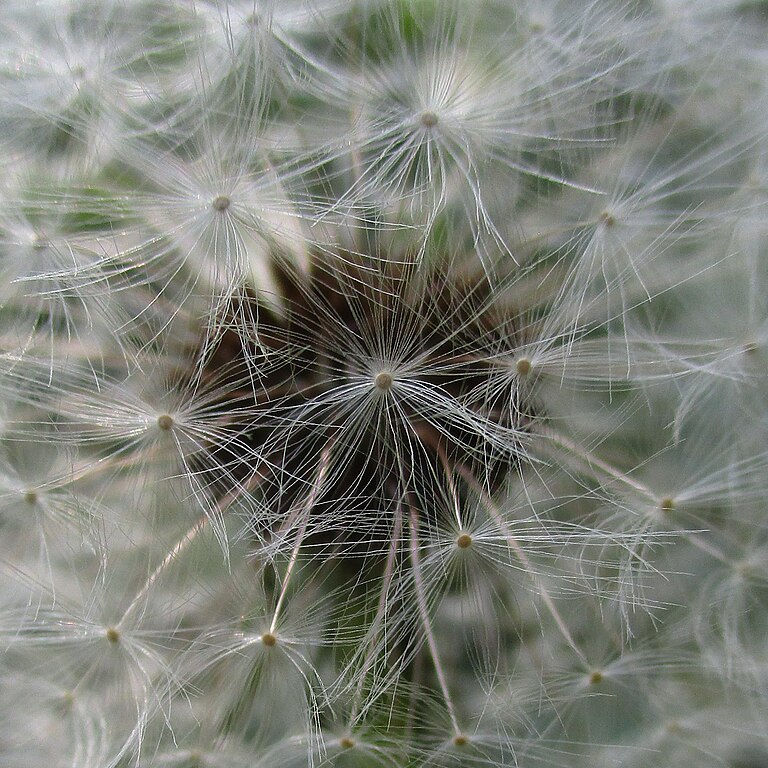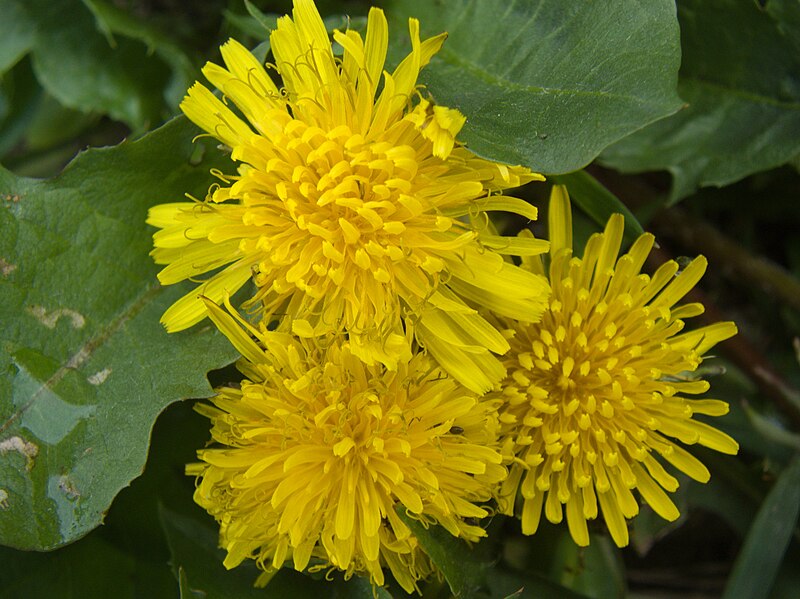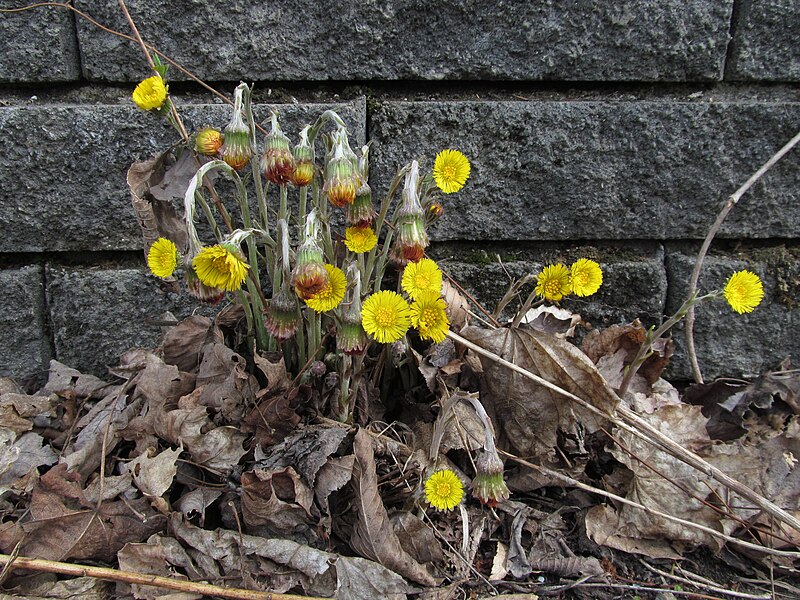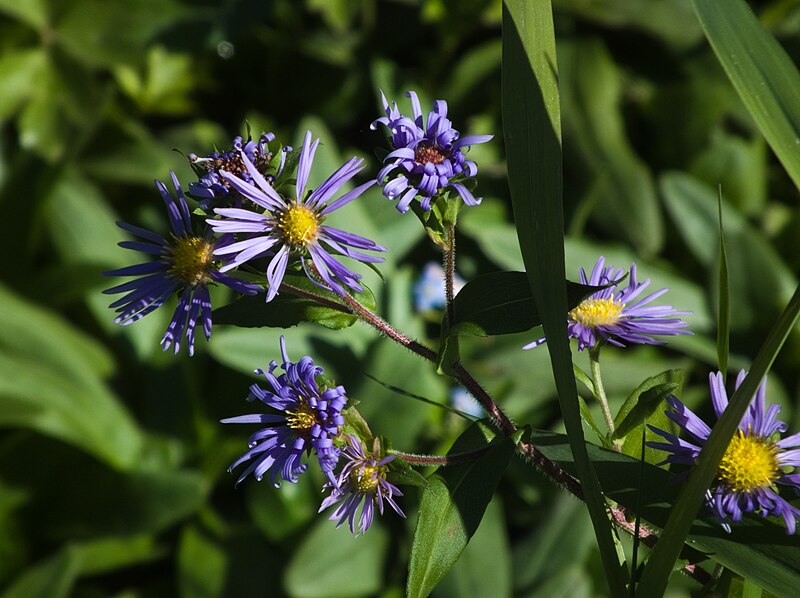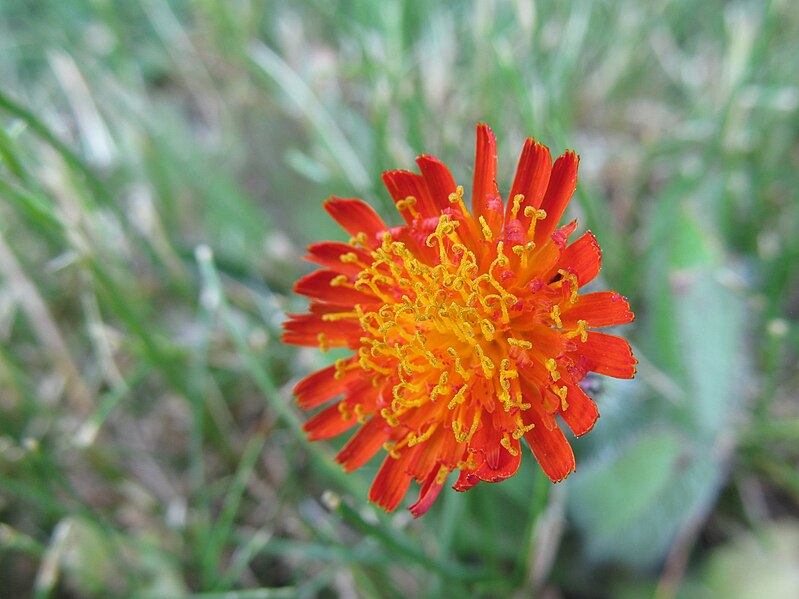
Also known as Pilosella aurantiaca, this is one of our most spectacular weeds. If you draw a line right across the middle of Pennsylvania from east to west, you will mark the southern border of the range where Orange Hawkweed is common. There are, however, isolated stations in the city of Pittsburgh, one of which is St. Peter’s Cemetery in Arlington, where these pictures were taken on June 3.



